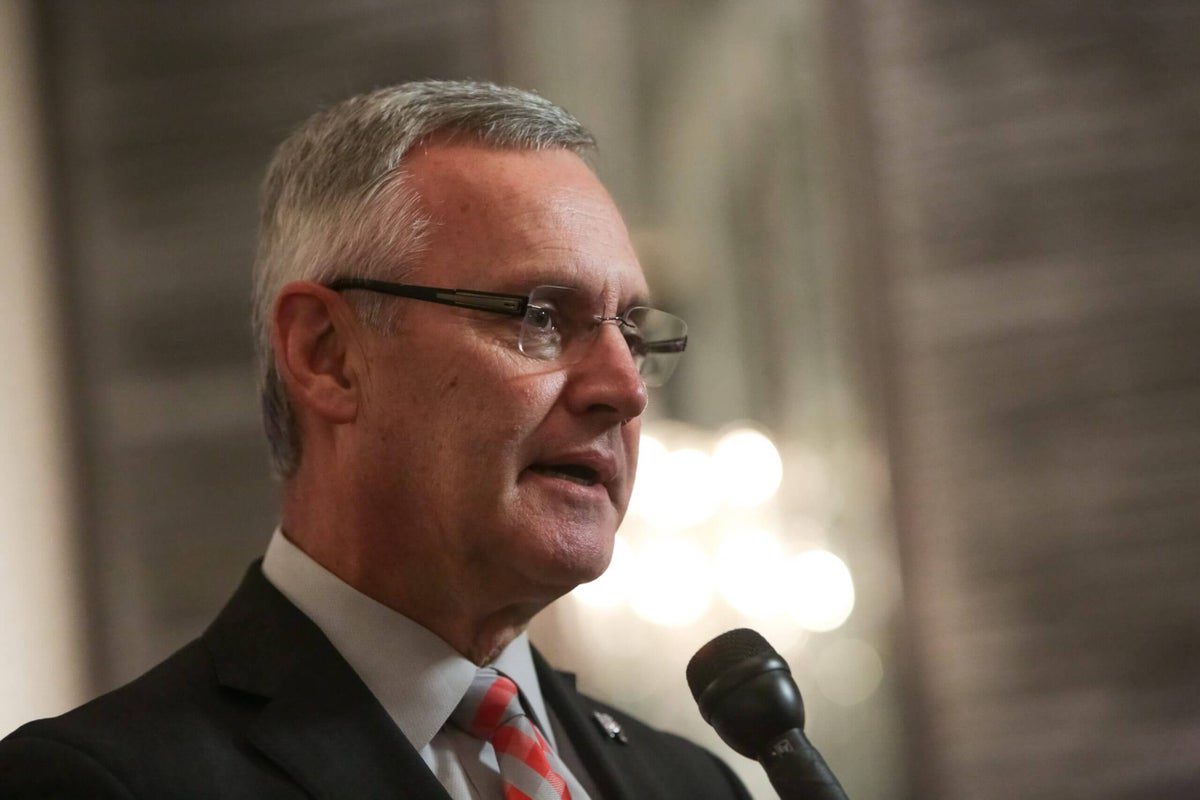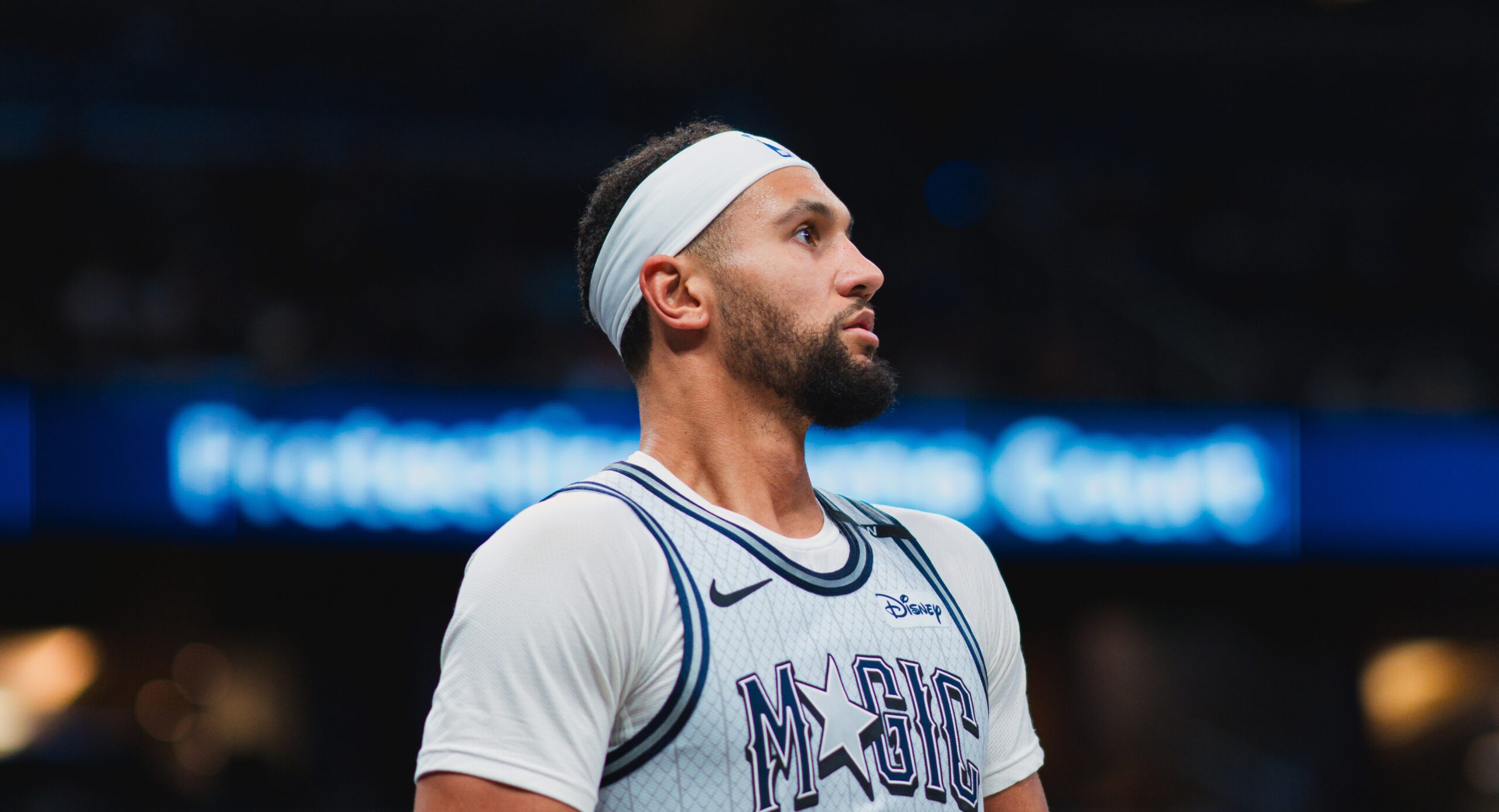
If Jim Tressel decides to run for governor of Ohio, it will undoubtedly become a significant topic of discussion.
At 72 years old, Tressel, the former Ohio State football coach who led the 2002 Buckeyes to a national championship and boasted a remarkable 9-1 record against rival Michigan, has recently been appointed as the lieutenant governor under Ohio Governor Mike DeWine. In a recent interview with The Athletic, he hinted that he is keeping the option of running for governor open, especially as DeWine’s second term continues until 2026.
Reflecting on the potential gubernatorial bid, Tressel shared a valuable lesson from his time at the University of Akron in 1975, imparted by his first athletic director, Gordon Larson. He recalled Larson’s advice: “Keep your mind and your rear end in the same place and you’ll have a chance to reach your potential.” Tressel emphasized that his current priority is to gain the trust of Ohio residents and demonstrate his potential in this new arena, acknowledging his relative inexperience in politics.
Despite lacking prior political credentials, Tressel is seen as a formidable candidate for the governor’s seat, largely due to the immense recognition he garnered during his decade as Ohio State’s head coach. The acclaim from his national title win is notable, but his unmatched success against Michigan holds immense significance in Ohio. Residents can easily gauge the importance of these victories during the upcoming football season.
Following his coaching career, Tressel took on high-profile roles, first as vice president at Akron and then as president of Youngstown State University, where he previously earned four Division I-AA national championships as head coach. At Youngstown State, he prioritized workforce development in the struggling manufacturing area of eastern Ohio, collaborating with both Democratic and Republican politicians to enhance funding and job training opportunities.
However, should he enter the Republican primary race for governor, Tressel would face scrutiny regarding the trust he aims to establish with voters. A significant concern from his past could resurface.
Nearly 14 years ago, Tressel resigned from Ohio State amid controversy surrounding “Tattoogate,” a scandal involving several football players who were suspended for trading valuable items, including championship rings and jerseys, for tattoos. The investigation began due to the tattoo parlor owner’s federal drug trafficking investigation, which led to revelations that Tressel was aware of potential violations yet failed to disclose critical information.
In April 2011, the NCAA deemed Tressel’s actions as “potential major violations” after he was found to have lied to protect players who were ineligible for competition, including standout quarterback Terrelle Pryor. Following his resignation, Ohio State vacated all games from the 2010 season and faced two years of probation, while Tressel suffered a five-year “show cause” penalty, which mandated any potential employer to justify hiring him.
Since then, the landscape of college athletics has undergone significant transformations.

Tressel has a long-standing presence in Ohio, both as a college football coach and as a university administrator. (Photo: Kevork Djansezian / Getty)
As of July 2021, student-athletes can now monetize their name, image, and likeness. This means that current players, like those at Ohio State, can financially benefit, making situations like “Tattoogate” a relic of the past. Since that scandal, Tressel has successfully secured high-level positions at two state universities.
Now, as he steps into a public role and potentially looks toward a run for the state’s highest office, Tressel addressed his past NCAA violations and his resignation from Ohio State. “The way our time at Ohio State ended was disappointing for many reasons,” he stated. “I cared deeply for our student-athletes and the program itself. The world of college athletics has undergone significant changes, and reflecting on it, some decisions made by individuals under those circumstances weren’t appropriate and rightly warranted sanctions.”
When asked to reflect on his involvement in the scandal, Tressel admitted, “The decision I made was to sign the NCAA form indicating that all of our players were adhering to the rules — which wasn’t accurate.” He also acknowledged that he should have been more proactive in questioning his players’ conduct, aiming to respect the confidentiality of a federal investigation, and recognized he should have sought legal advice.
Recalling this challenging chapter in his life, Tressel shared the encouragement he received from a former mentor who advised him: “I hope you know that your greatest impact is ahead of you.” “At the time, I didn’t fully appreciate that,” he reflected, expressing disappointment over the situation.
In the days following DeWine’s appointment, Tressel participated in numerous meetings with state lawmakers, and aides noted that his resignation from Ohio State was not a point of discussion during those talks.
Tressel was at his residence in Medina, Ohio, when Governor DeWine and his wife, Fran, unexpectedly visited him. Initially, he believed it was a casual visit, but soon realized that DeWine intended to discuss the lieutenant governor position following Jon Husted’s new role as a U.S. Senator.
“He wanted to look me in the eye, to gauge my interest,” Tressel said. “It felt a bit like an intense recruitment visit, something I had experienced numerous times.”
Regarding his political aspirations, Tressel maintained that it isn’t currently on his radar. He acknowledged the need for a different outlook or external help to prepare for the potential challenges of a highly competitive GOP primary, which includes candidates like current Ohio Attorney General Dave Yost and tech entrepreneur Vivek Ramaswamy, a former adviser to President Donald Trump.
“Right now, my focus is solely on learning as much as I can,” Tressel stated. “I’m still trying to understand the day-to-day responsibilities of the governor, having only just begun to observe him. I have no plans or timelines laid out; I’m focused on navigating today.”
(Top photo: Brent N. Clarke / Getty)










